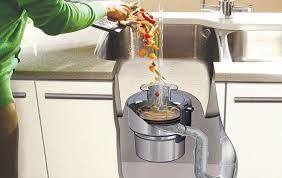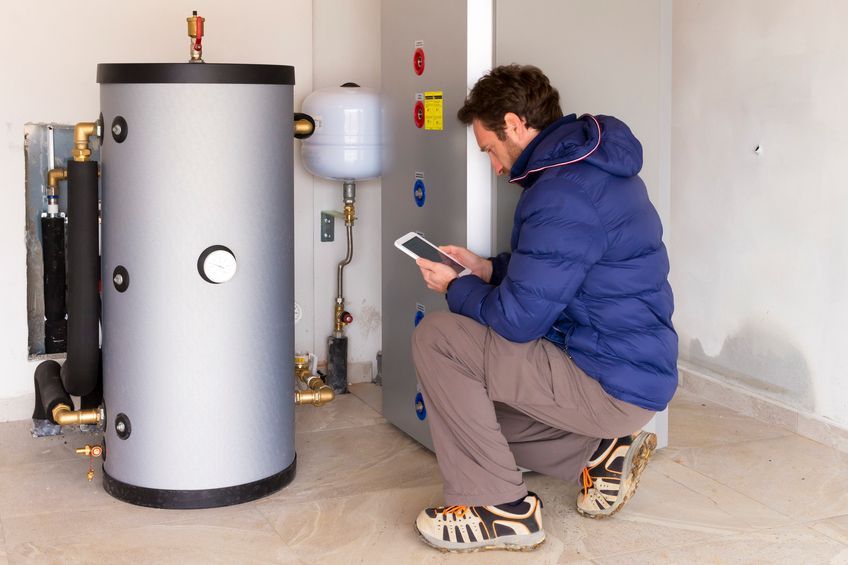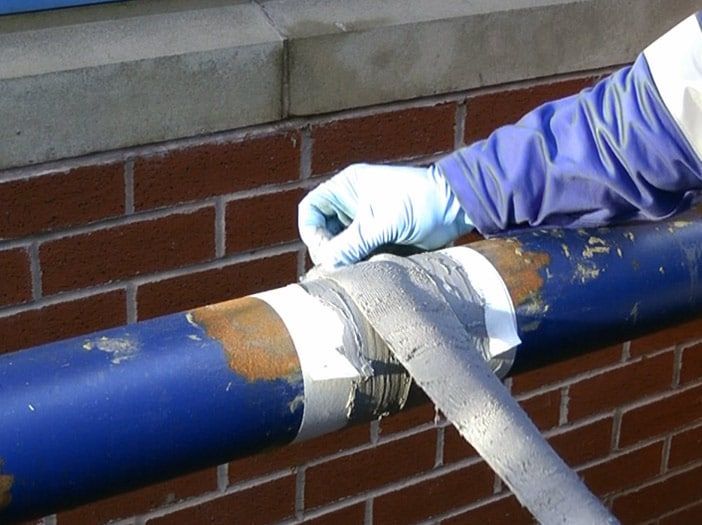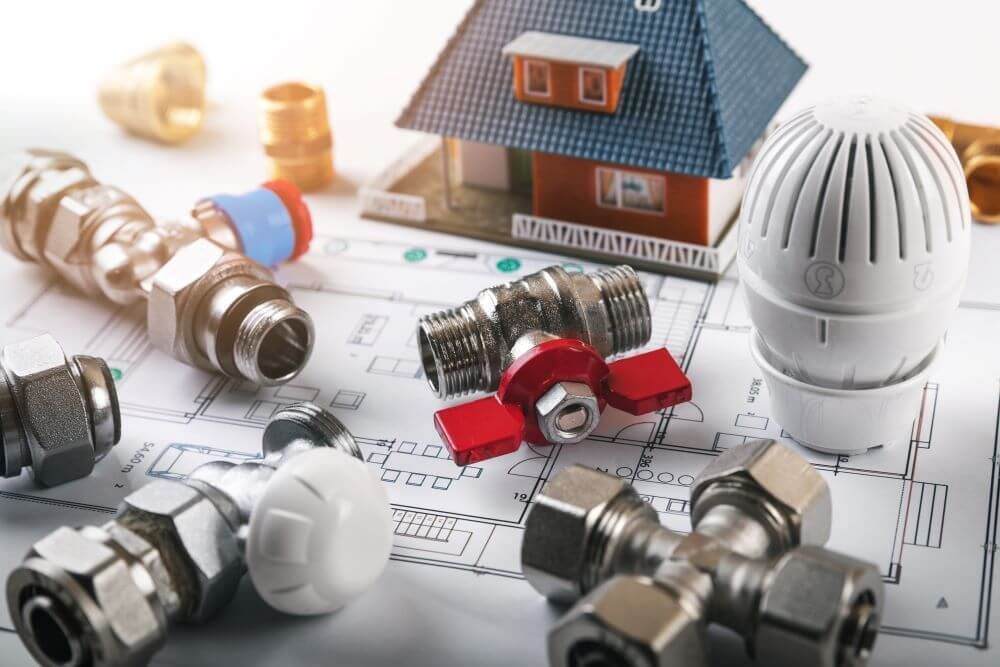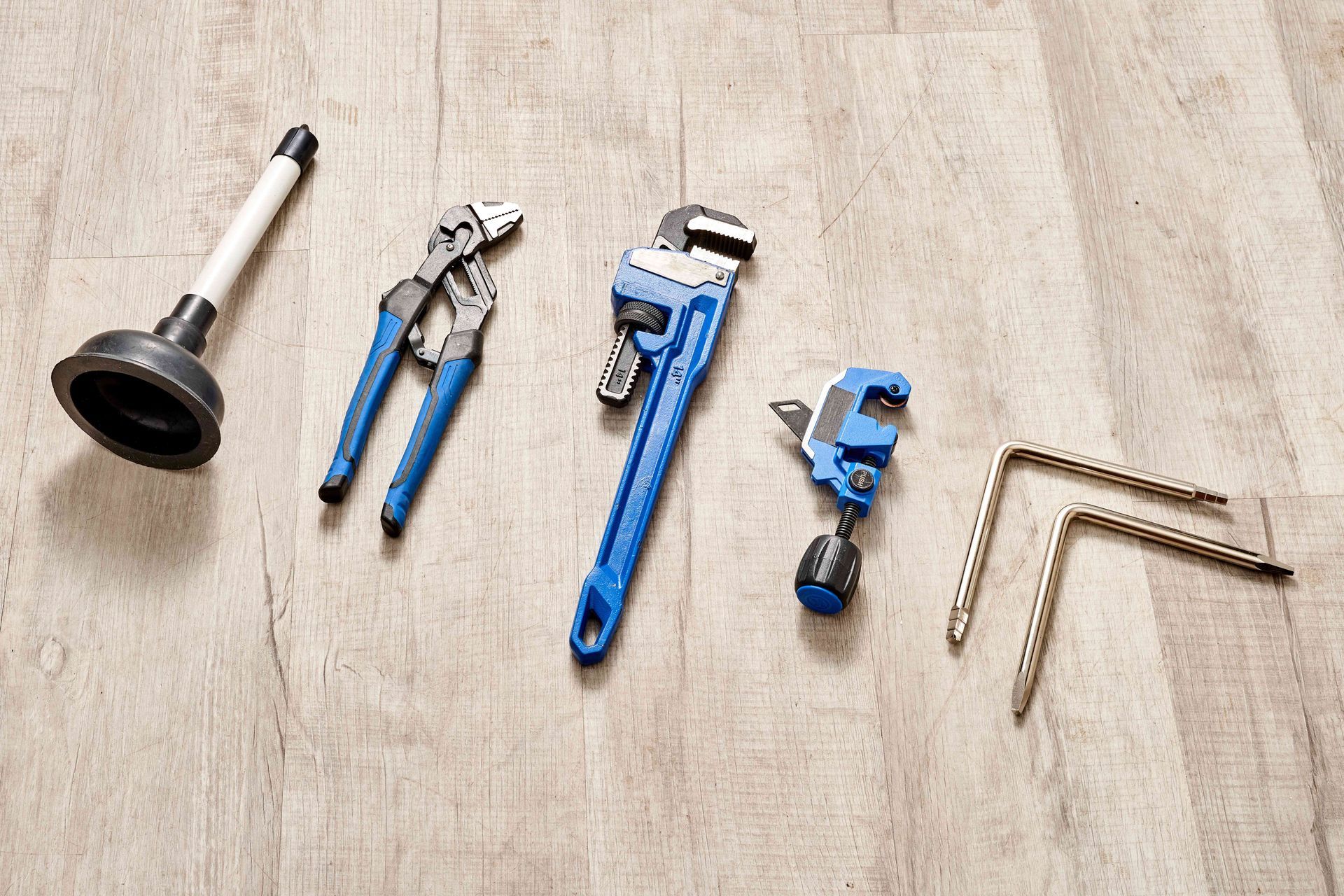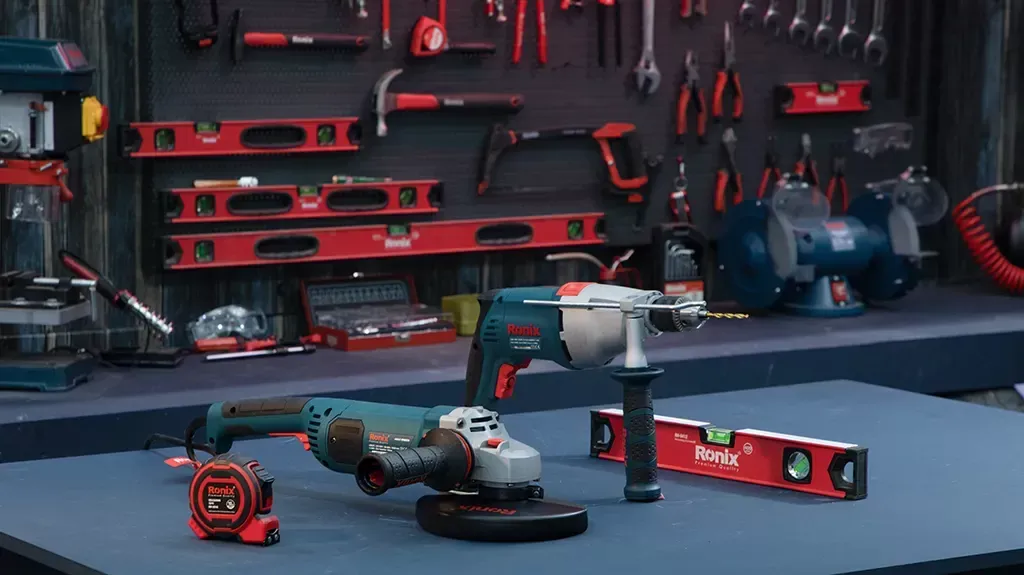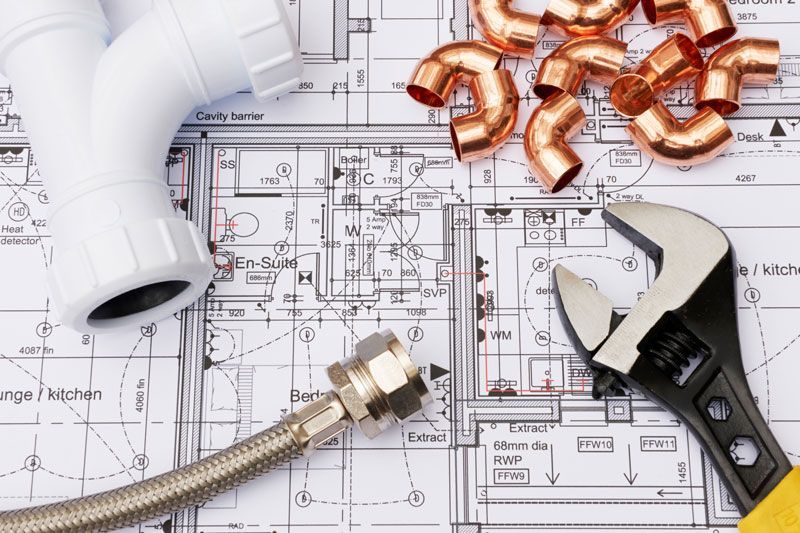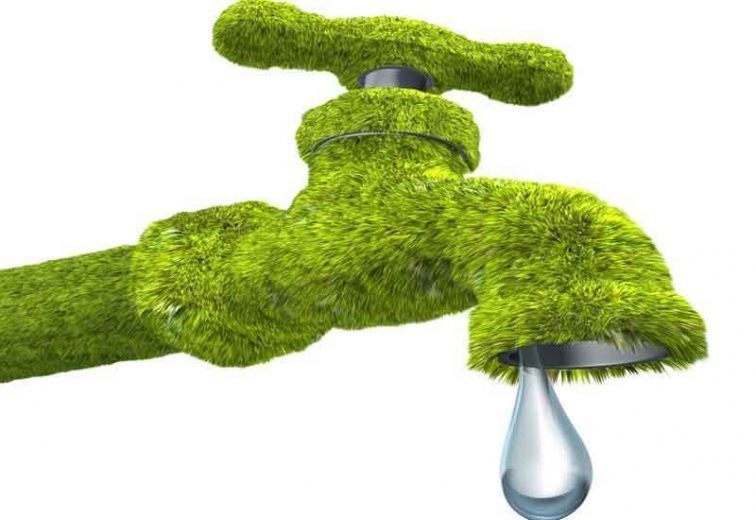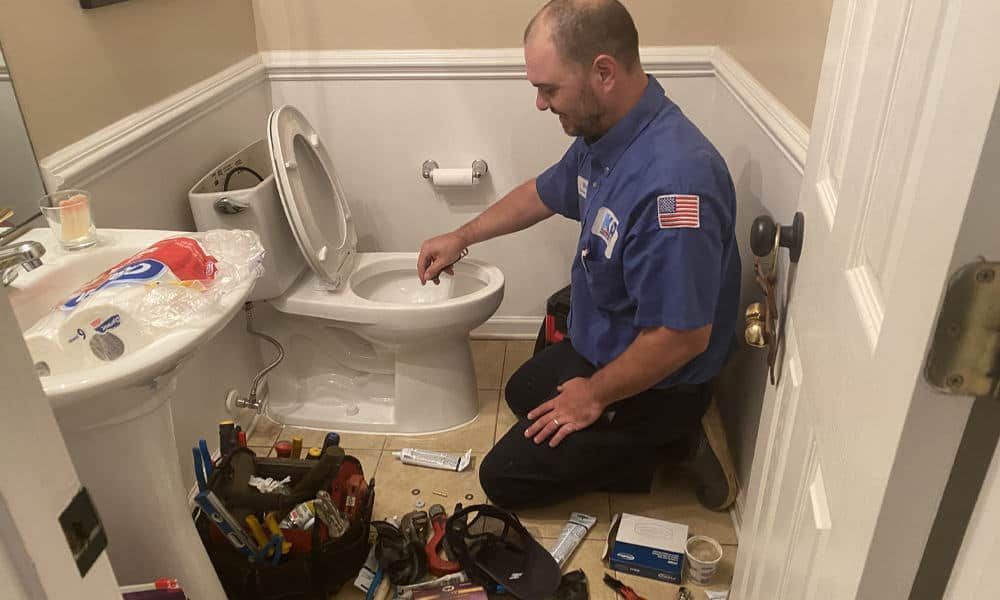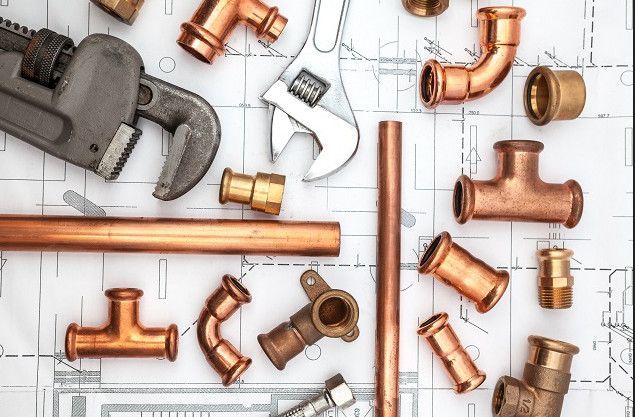How To Find & Fix A Supply Line Toilet Leak
How To Find & Fix A Supply Line Toilet LeakAndrew T.
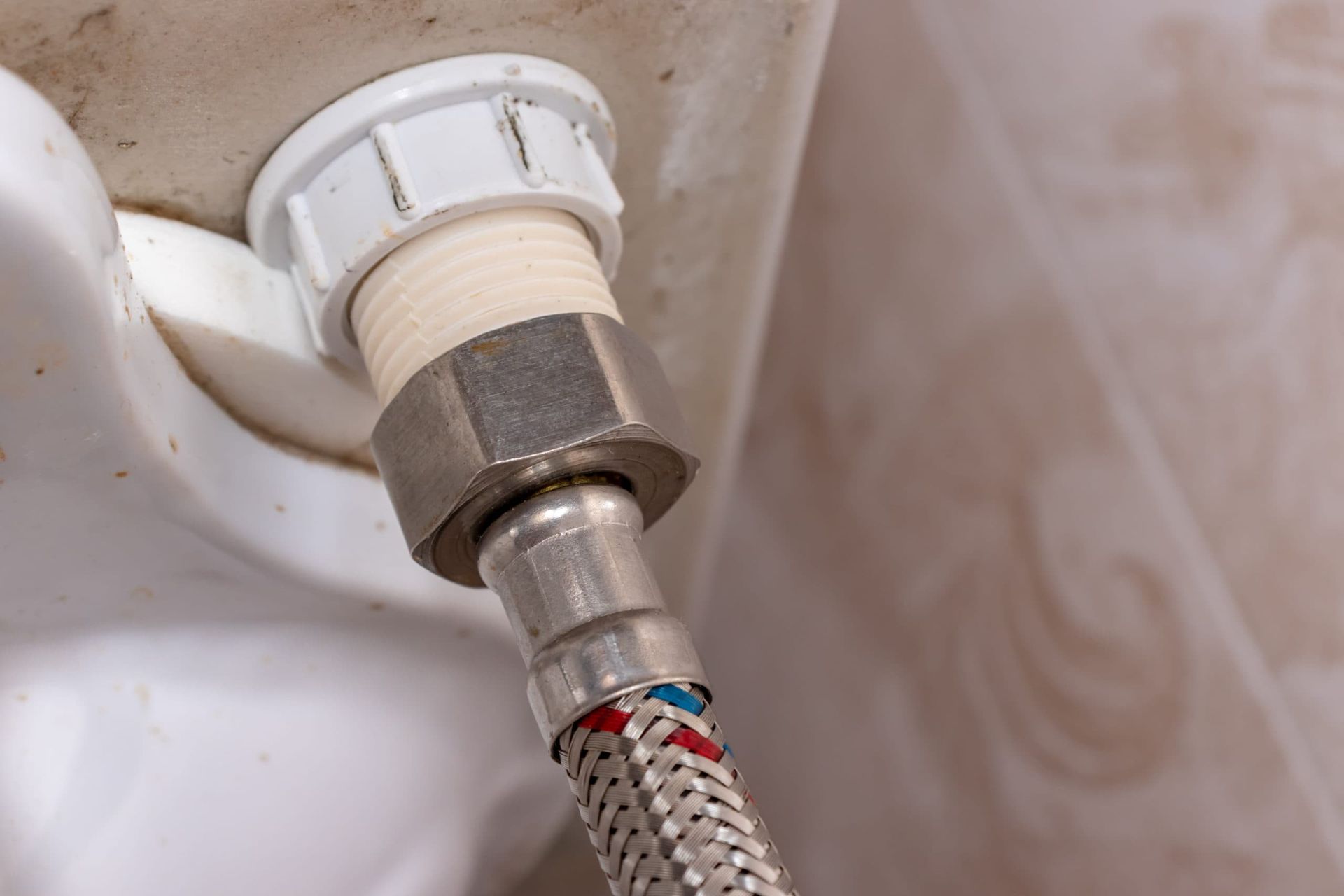
A frequent issue that can cause water damage and expensive water bills is a leak in the toilet supply line. How to locate and fix a leak in the toilet supply line will be discussed in this post.
The key recommendations include shutting off the water supply, checking the supply line and connections, tightening loose connections, changing out broken supply lines, and checking for leaks. You can correct the leak and avoid further problems by following these instructions.
What Does A Leaking Toilet Water Supply Line Mean?
The pipe that carries fresh, clean water from the main water supply of the house into the toilet bowl and tank is known as the toilet water supply line. This lets you flush and replenish as necessary without being concerned about wasting water or manually refilling it.
Your water supply line is that pipe that runs from your toilet to the wall, in case you ever wondered what it was. Water cannot exit the toilet; it can only flow into the toilet.
The drain for your toilet is located on the bathroom floor, beneath the bowl, and it will carry the waste away. It is therefore improbable that would result in a leak near the back of your toilet.
The shut-off valve for your toilet is located in the same place as the water supply pipe. When changing it or performing other toilet maintenance, you can use this to empty the bowl and work in the tank.
The water supply should be permanently switched off after turning the shutoff valve until resistance is felt. This will be useful when it comes time to fix your leak. However, how can you tell if you have one at all? We will show you how to check for toilet leaks shortly.
Typical Reasons Why the Toilet Connection Hose Leaks
If your toilet connection hose ages and begins to deteriorate from rust or old age, it may leak. Whilst they won’t corrode in the same way as metal hoses, plastic hoses will nevertheless eventually wear out.
If your toilet’s water supply valve doesn’t have a tight or threaded connection, it could also leak. The connectors might need to be changed or the connection tightened. Moreover, the internal O-ring may just be broken or absent.
If the hose sustains damage that results in a hole in it, it may occasionally leak. Whether sweeping, mopping, or cleaning, they occasionally get kicked or dragged.
Ok, I Have a toilet water supply line leak
There are various causes of a leaking water supply line. Replacing the entire line or the entire toilet is the most practical option to fix a leaky toilet supply line.
This method might be the quickest, but it might also result in unnecessary spending of money. Here are some steps you may take to fix a leaky line rather than purchasing and installing a brand-new one.
Detecting the Leak
A supply line for a toilet has four potential sites to leak. It can be challenging to locate the source of the leak in some circumstances. Water from the storage tank may be dripping and running down the supply line, giving the impression that the supply line or valve is the problem.
We will begin at the top and work our way down to the leak in order to detect it because leaks can be deceiving as water flows downward. Older bathrooms may have rusted or corroded components as well as aged brass lines.
When you tighten them, you risk further damage to the bolts or perhaps total toilet or tank damage. To find the problem, we’ll start at the toilet and work our way back to the wall. To identify the drippy spot, use your finger and a thoroughly dry rag.
How to quickly test for toilet leaks
A toilet needs routine repair because of normal wear and tear. One of the biggest bathroom annoyances is a toilet that either runs on its own or after you flush it. You should address this issue as soon as you can because, if left unattended, it could increase your water cost.
Usually, the fill tank is where these issues originate. The level of the water may be the first problem. If the water level is higher than the overflow pipe, either the fill valve or ball cock is malfunctioning or has been installed at the incorrect height.
The proper level is typically stamped inside the tank, so make sure to change the water level in accordance with those guidelines.
You may be able to unscrew the fill valve and swap out the internal diaphragm seal if it is worn. Certain fill valves are beyond repair, and in those cases, the whole valve needs to be replaced.
Check the flapper as well. The flapper will repeatedly open the fill valve to refuel the tank if it is leaking. Here is a straightforward test to detect if the flapper is leaking:
- Run a food coloring toilet leak test by adding a few drops of food coloring to the tank.
- Leave it for about 25 minutes.
- There is a leak if the color gets into the toilet bowl.
Check the area around the flapper for any accumulations of sediment or debris. The leak might be set by cleaning it. Replace the leaky toilet flapper if there is no sediment or the leak still exists after cleaning. Usually, replacing this is far less expensive and simpler than replacing the fill valve.
Why Is a Leaking Toilet Supply Line a Difficult Issue?
Resolving the problem is the major consideration among many others. To achieve long-term efficacy, you must, however, tackle the underlying problem.
Let me share with you a short insider tip: double-check your washer fittings.
The shutoff valve must be opened in order to turn off the water. Your sized washers should now be visible if you remove the hose from the supply line and, of course, the toilet tank connection point.
To finish, take out and reinstall the washers.
Navigation
Contact Us
(855) 890-7713
contact@plumberscheap.com
13475 Atlantic Blvd. Unit 8, Jacksonville, FL, 32225
© Copyright 2023 Plumbers Cheap Heating, Air & Plumbing | Privacy Policy




